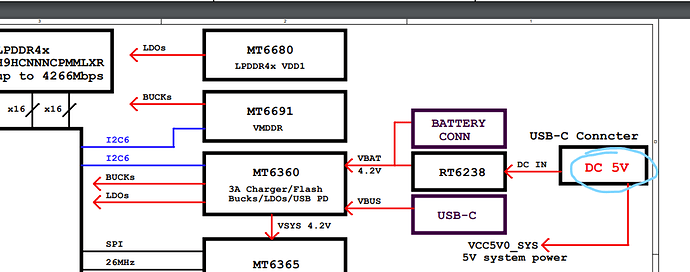If there will be a built in WiFi / BT chip, can you guys choose something other than AIC8800? The driver is really a pain (WiFi 6 not working with UniFi WiFi 6, Bluetooth driver unstable)
And if there’s space in the PCB, routing USB pins to the GPIO or having separate pins exposed for USB 3 makes it easier to make custom USB peripherals or extension boards.
Also to have a well tested Power Delivery 3.0 as I think lots of RPi 5 users and Radxa Rock 5 users are caught out by power supply issues.
Faster eMMC modules are also good to have.
And please hire more people to write full documentation! I know you guys work really hard but lots of things aren’t kept up with the latest changes so lots of your team’s time have been wasted to answer questions that could be solved by comprehensive documentation.


 .
.

 ).
). has better AI and less IO. Next flagship Rockchip is expected to be ARM v9.
has better AI and less IO. Next flagship Rockchip is expected to be ARM v9.